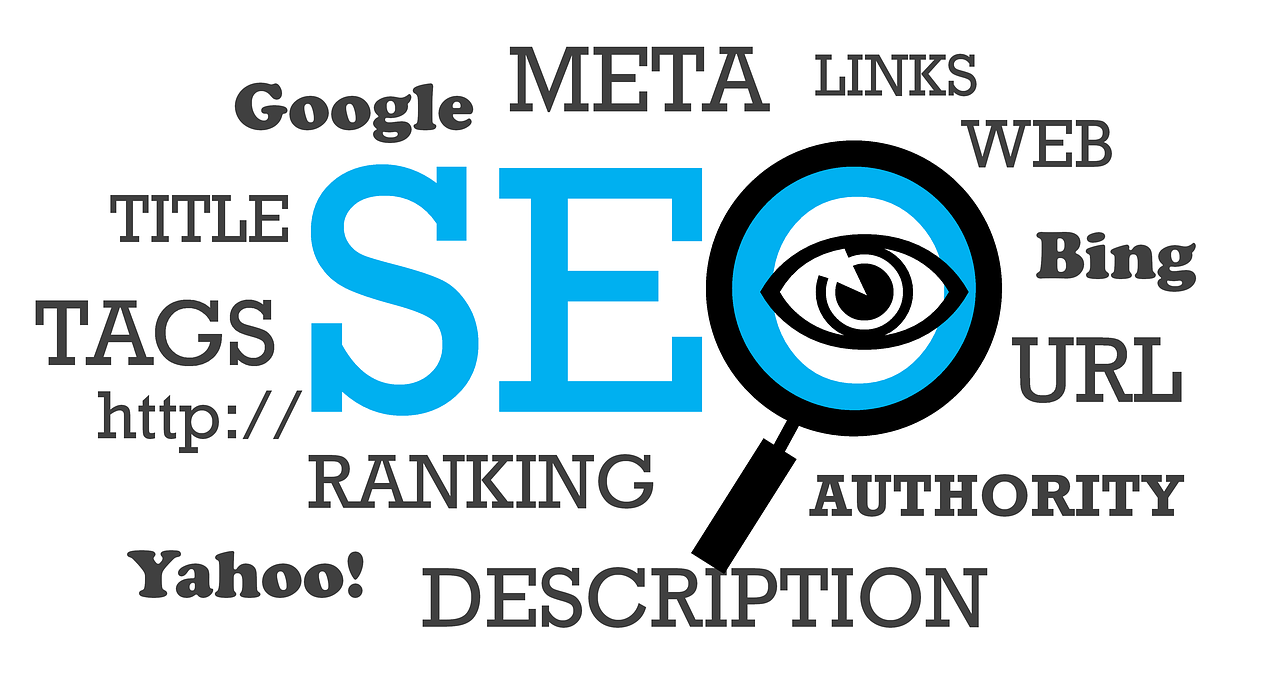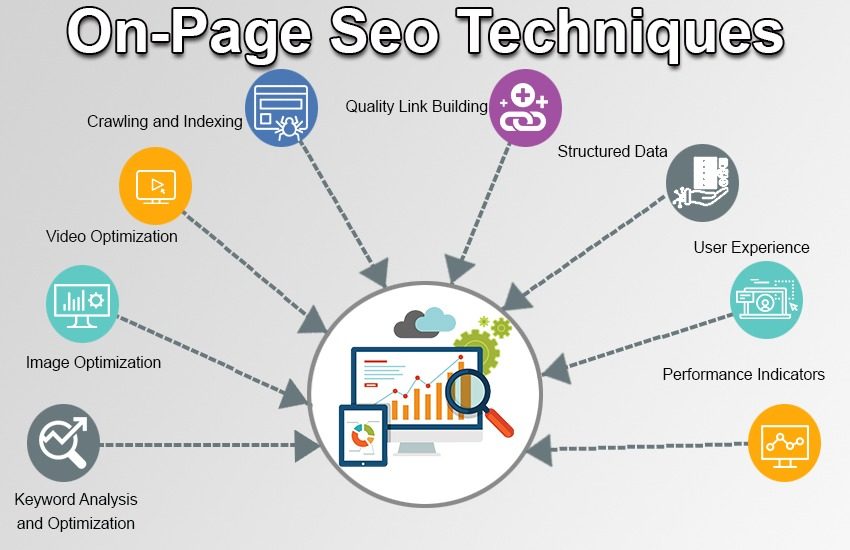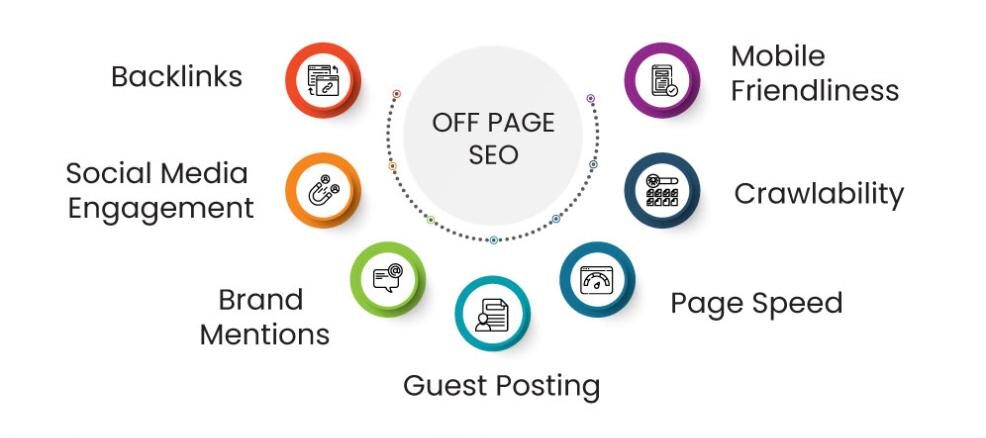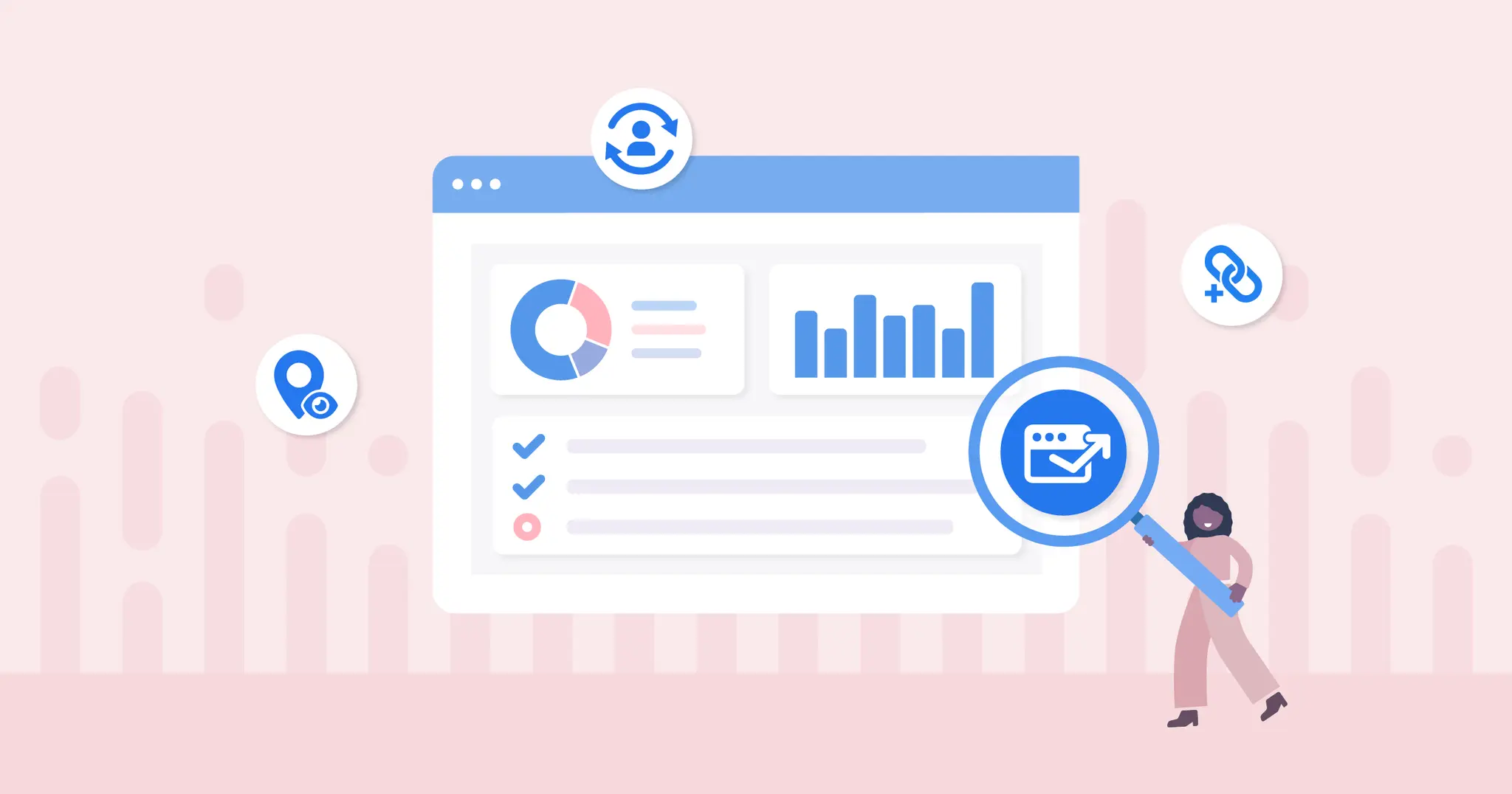
Discover the most effective SEO techniques to boost your digital marketing success.
Understanding SEO Basics

Top SEO Techniques for Digital Marketing Success
, or Search Engine Optimization, is the practice of optimizing your website to improve its visibility and ranking on search engine results pages.
To understand SEO basics, it’s important to know how search engines work. Search engines use complex algorithms to determine the relevance and quality of webpages. By understanding these algorithms, you can optimize your website to meet their criteria and improve your ranking.
Some key components of SEO basics include keyword research, on-page optimization, off-page optimization, and monitoring and measuring SEO performance.
By mastering SEO basics, you can increase organic traffic to your website and attract more potential customers.
Keyword Research and Analysis

Keyword research and analysis is a critical step in SEO. It involves identifying the keywords and phrases that your target audience is using to search for products or services similar to yours.
To perform keyword research, you can use various tools such as Google Keyword Planner, SEMrush, or Moz. These tools provide valuable insights into search volume, competition, and related keywords.
Once you have identified relevant keywords, you can strategically incorporate them into your website content, meta tags, headings, and URLs.
By conducting thorough keyword research and analysis, you can optimize your website for the right keywords and improve your chances of ranking higher in search engine results.
On-Page Optimization Strategies

On-page optimization refers to optimizing individual web pages to improve their visibility and ranking on search engine results pages.
Some key on-page optimization strategies include optimizing page titles, meta descriptions, heading tags, URL structure, and content.
Page titles should accurately describe the content of the page and include relevant keywords. Meta descriptions provide a brief summary of the page’s content and also play a role in attracting users to click on your website in search results.
Heading tags (H1, H2, H3, etc.) help search engines understand the structure and hierarchy of your content. Using keywords in heading tags can further optimize your pages.
URL structure should be clean, descriptive, and include relevant keywords. Avoid using lengthy URLs with unnecessary characters or numbers.
Quality content is crucial for on-page optimization. It should be informative, relevant, and engaging. Incorporate keywords naturally throughout the content, but avoid keyword stuffing.
By implementing effective on-page optimization strategies, you can improve the visibility and accessibility of your web pages to search engines and users.
Off-Page SEO Techniques

Monitoring and Measuring SEO Performance

Monitoring and measuring SEO performance is essential to track the effectiveness of your SEO efforts and make data-driven decisions for improvement.
Some key metrics to monitor and measure SEO performance include organic traffic, keyword rankings, backlink profile, bounce rate, and conversion rate.
Organic traffic refers to the number of visitors that come to your website through organic search results. Monitoring organic traffic can help you understand the impact of your SEO strategies on attracting visitors.
Keyword rankings show where your website ranks for specific keywords on search engine results pages. Tracking keyword rankings can help you identify areas for improvement and optimize your content accordingly.
Backlink profile refers to the quantity and quality of backlinks pointing to your website. Monitoring your backlink profile can help you identify new opportunities for building backlinks and assess the impact of your off-page SEO efforts.
Bounce rate measures the percentage of visitors who leave your website after viewing only one page. A high bounce rate may indicate that your website is not meeting user expectations or needs further optimization.
Conversion rate measures the percentage of visitors who take a desired action, such as making a purchase or filling out a contact form. Monitoring conversion rate can help you evaluate the effectiveness of your website in achieving its goals.
By regularly monitoring and measuring SEO performance, you can identify areas of improvement, optimize your strategies, and achieve digital marketing success.

